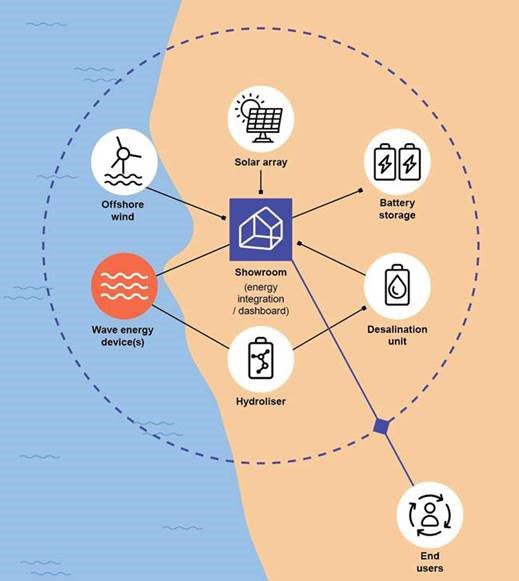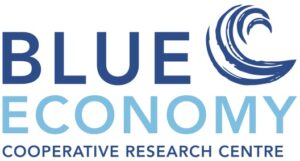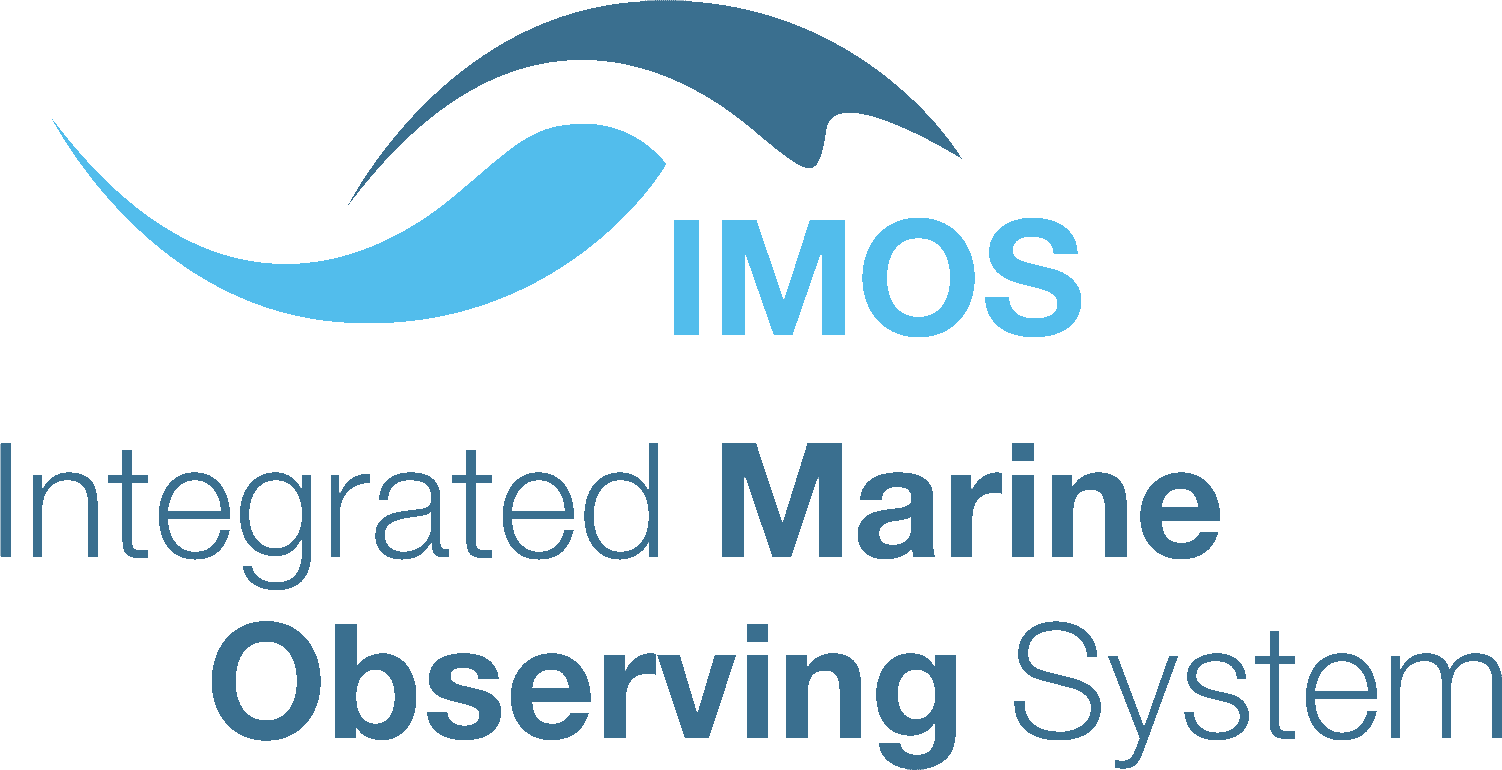M4 PROJECT
Home » M4 PROJECT
M4 Wave Energy Converter deployment in Albany
Marine Renewable Energy in Southwest Western Australia
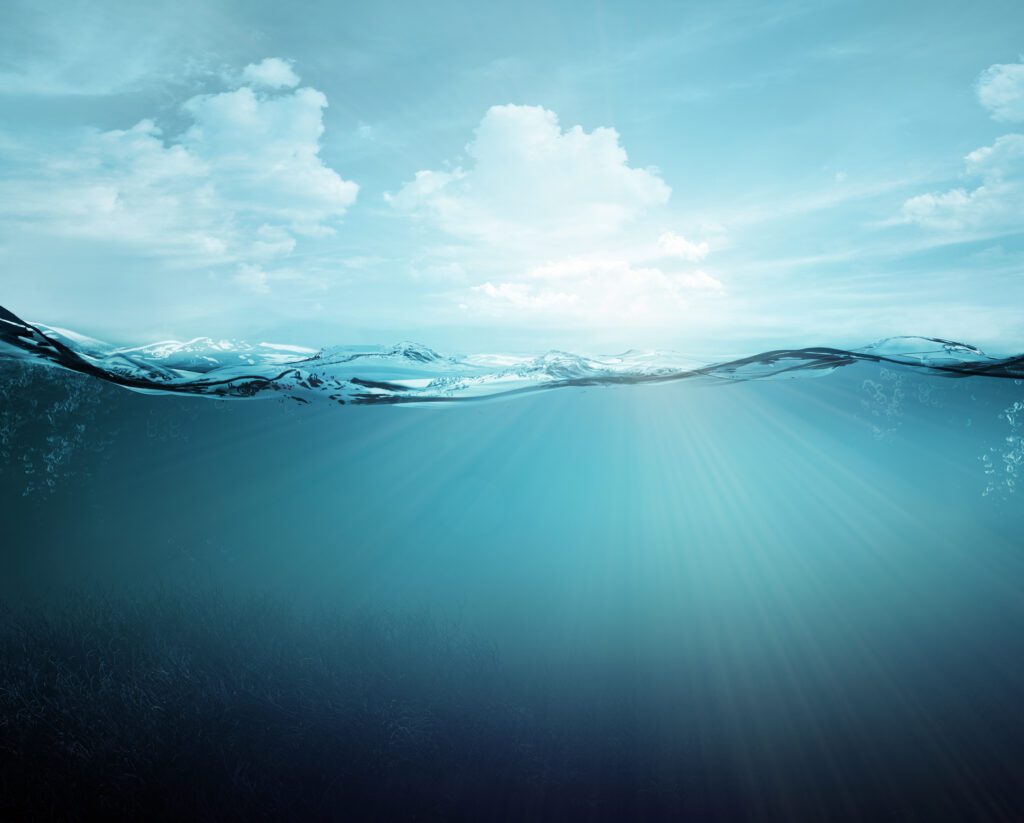
The Vision
- To demonstrate the potential of wave energy to power the aquaculture industry
- Advance research and development in multiple fields across ocean renewable energy sectors
- Provide new opportunities for industry, research and local supply chains
- Develop Albany as a test site/market demonstrator and academic research hub in ocean renewable energy
Project
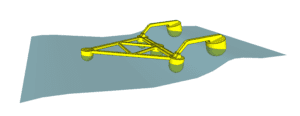
- A demonstration M4 (“Moored MultiModal Multibody”) wave energy converter (WEC) to be deployed in King George Sound, Albany
- Design, manufacture, deployment, operation, maintenance and decommissioning of a scaled prototype
- Demonstration of the capacity to power the aquaculture industry, providing publicly available in-situ, real-world data for the advancement of ocean renewable energies
- Promote Albany as a scientific and commercial hub for fully integrated ocean energy systems; a world first Market Demonstration Site
- Lay the foundations for the region to become one of the first ocean renewable energy test sites in the southern hemisphere
The Technology
- An attenuator type of device, consisting of multiple floats connected by beams above the water
- Three rows of floats arranged in a 1-3-2 float array, with float diameter increasing from front to rear
- Centre float hinge allows relative rotation between the front and rear beams, producing power from this angular rotation under wave action
- Single point mooring and the relative sizing of the floats allow the structure to naturally weathervane
- Electricity transported to the end-user by cable at full scale
- Scaled 20 m M4 will absorb 1-10kW in the target sea-states of King George Sound
- Sensors to feed real-time, in situ data on device performance including energy production, motions, etc. to on-board systems
The Partnership
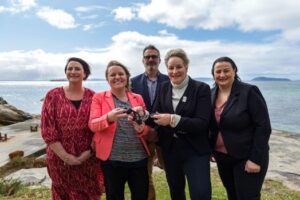
A partnership between UWA Marine Energy Research Australia (MERA), WA State Government Department of Primary Industries and Regional Development (DPIRD), the Blue Economy Cooperative Research Centre and with:
- BMT
- M4 WavePower Ltd
- Huon Aquaculture
- Albany Shellfish Hatchery
- University of Tasmania
- University of Queensland
- Climate-KIC Australia (AOEG)
Technological Advantages
- Extensive optimisation with published peer-reviewed results
- Commitment to publish data
- Economical and locally simple to manufacture and assemble
- Multi-bodies allow for high wave energy capture across a range of real wave conditions
- Single-point moorings for easy deployment and long-term maintenance on site and in port
- Excellent survivability based on trials
- Scalable to match average wave period at different sites
- Power take-off at each hinge is accessible above deck for maintenance and durability
- The design is environmentally non-intrusive
Project duration
30 Months
Budget
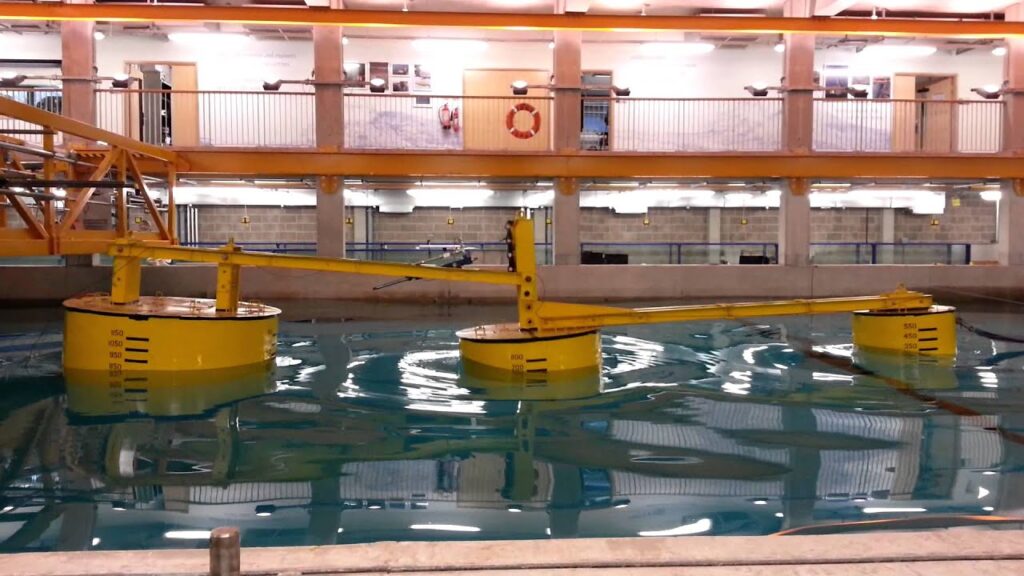
Opportunities
- Non-commercial technological advancement
- Improved understanding and experimental testing of WECs
- Simulated aquaculture systems utilising ocean energy resources
- Industry engagement and knowledge transfer
- Development of ocean renewable supply chain and technical processes
- Enhanced academic opportunities
Albany Market Demonstration
- The M4 supports the world first initiative to develop the Great Southern region as an integrated sustainable energy market demonstration site.
- This will see the region showcase renewable energy technologies, their assimilation, electricity production, and distribution capacities to end-users/customers.
- It will become a focal point for wave energy in Australia and globally, to successfully attract developers and investors to undertake demonstration and commercial projects.
